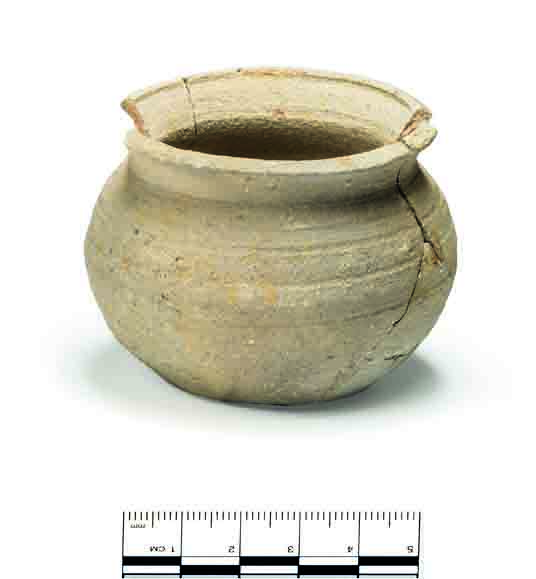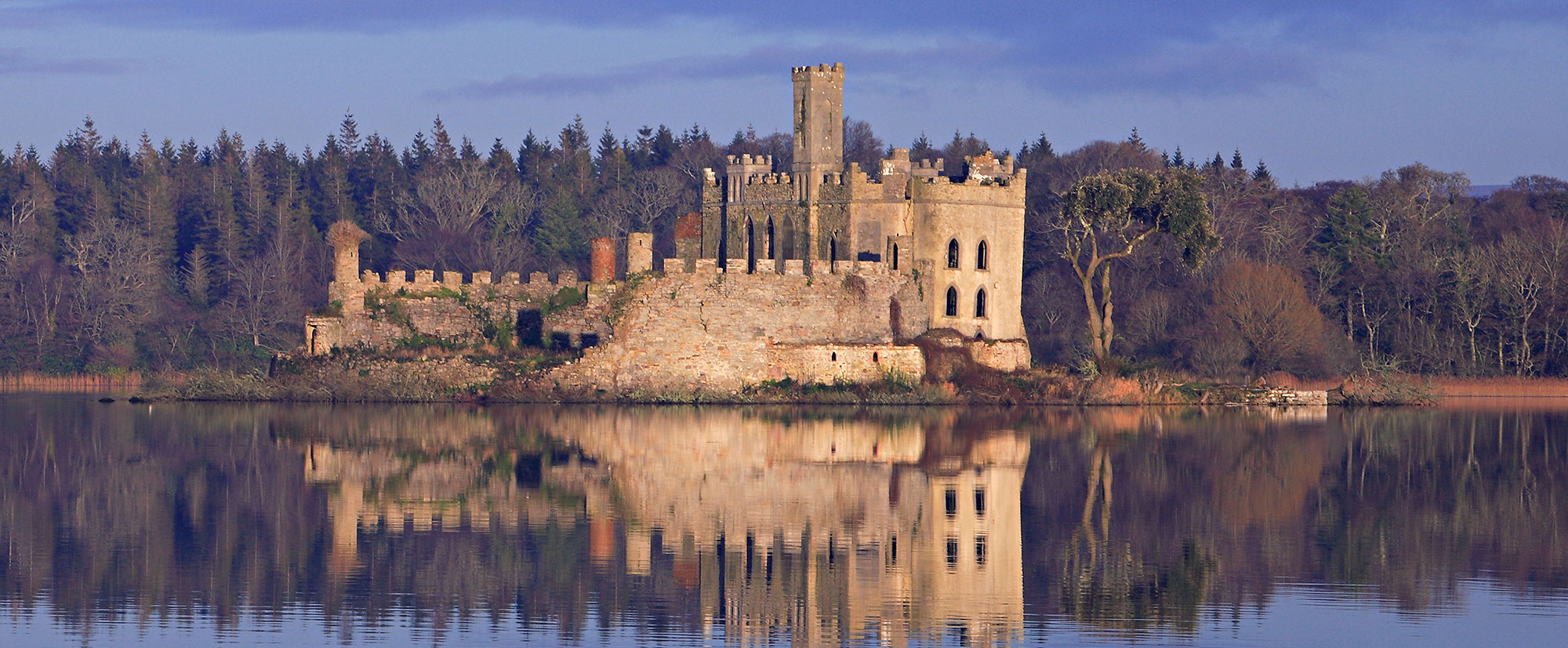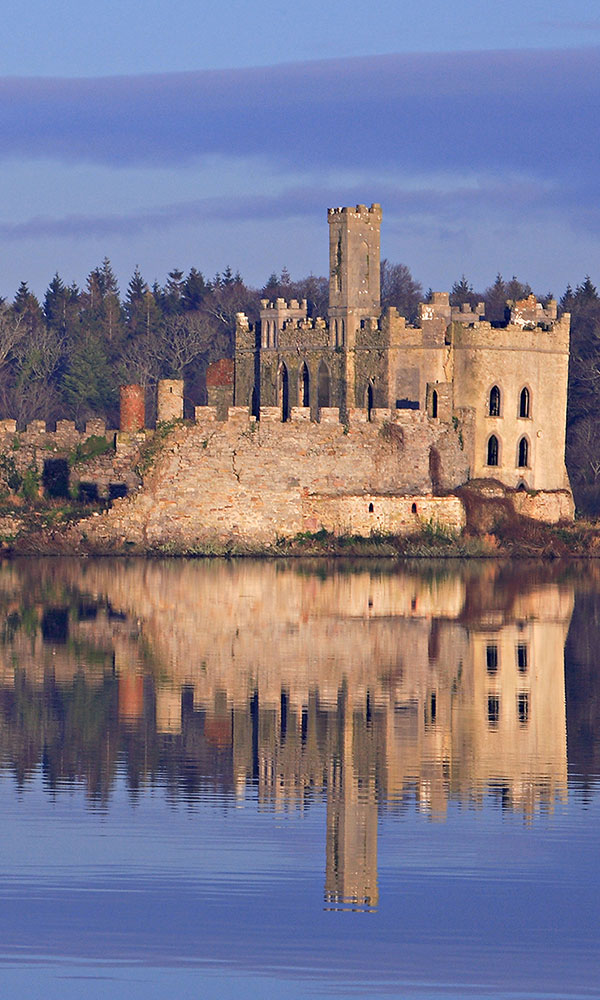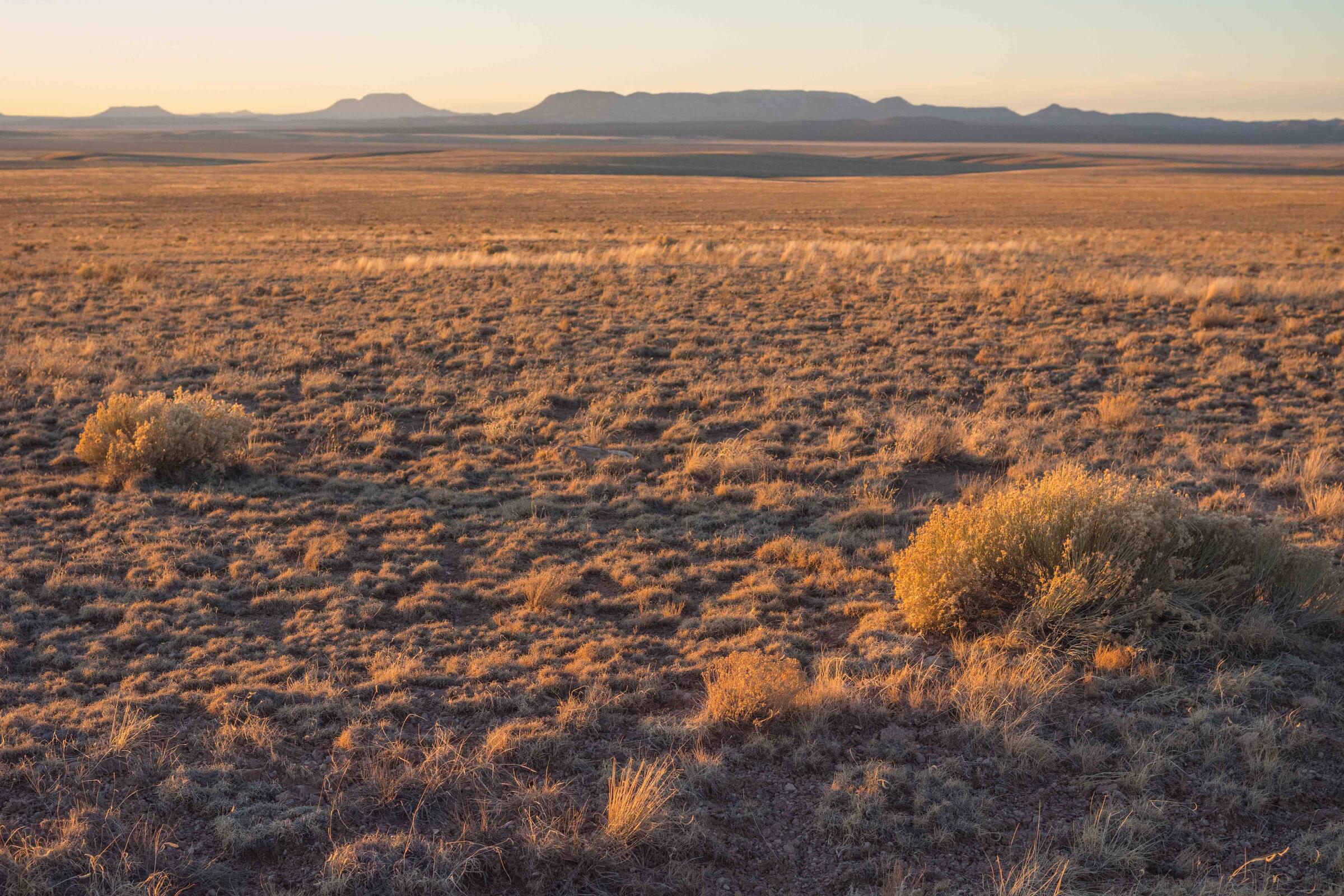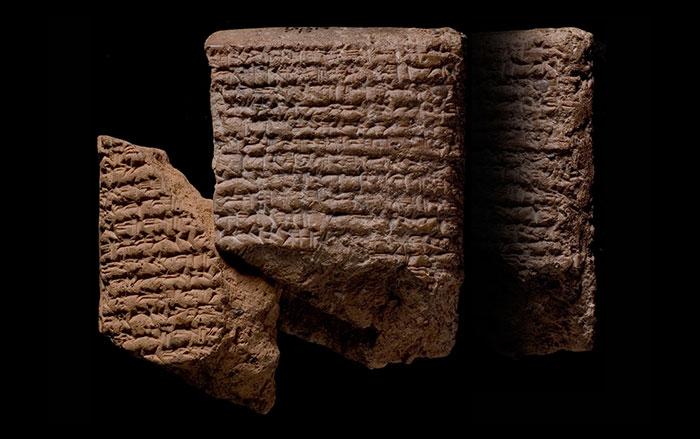
CAMBRIDGESHIRE, ENGLAND—According to a report in the Ely Standard, archaeologists from England’s National Trust and Oxford Archaeology East found outlines of buildings during a geophysical survey at Anglesey Abbey, which is located in the East of England. The country house that currently stands on the property was built in the early seventeenth century over the site of a Christian priory closed in 1536 by Henry VIII. The researchers think the outlines represent the priory church and cloister, which were built in the thirteenth century. Fragments of stained glass were uncovered in test pits at what could have been the chapel’s eastern wall. A piece of decorated floor tile that may have been part of a cloister walkway and additional fragments of stained glass were uncovered in a trench along the north wall of the structure, in addition to a large pillar base that may have supported a staircase. A garden wall, pottery, and kitchen scales dating to the eighteenth century were also unearthed at the site. To read about England's most famous abbey, go to "Westminster Abbey's Hidden History."




